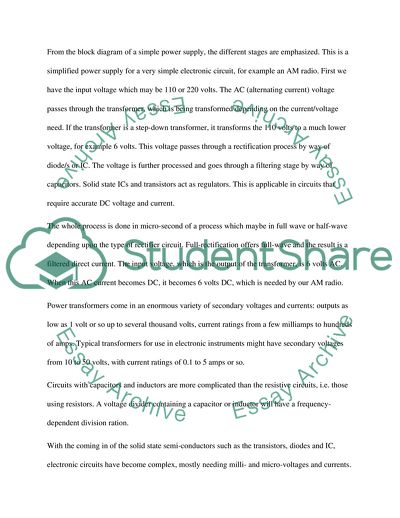Cite this document
(Regulated Power Supply Assignment Example | Topics and Well Written Essays - 2000 words, n.d.)
Regulated Power Supply Assignment Example | Topics and Well Written Essays - 2000 words. Retrieved from https://studentshare.org/engineering-and-construction/1737334-case-study-report-on-regulated-power-supply
Regulated Power Supply Assignment Example | Topics and Well Written Essays - 2000 words. Retrieved from https://studentshare.org/engineering-and-construction/1737334-case-study-report-on-regulated-power-supply
(Regulated Power Supply Assignment Example | Topics and Well Written Essays - 2000 Words)
Regulated Power Supply Assignment Example | Topics and Well Written Essays - 2000 Words. https://studentshare.org/engineering-and-construction/1737334-case-study-report-on-regulated-power-supply.
Regulated Power Supply Assignment Example | Topics and Well Written Essays - 2000 Words. https://studentshare.org/engineering-and-construction/1737334-case-study-report-on-regulated-power-supply.
“Regulated Power Supply Assignment Example | Topics and Well Written Essays - 2000 Words”, n.d. https://studentshare.org/engineering-and-construction/1737334-case-study-report-on-regulated-power-supply.


